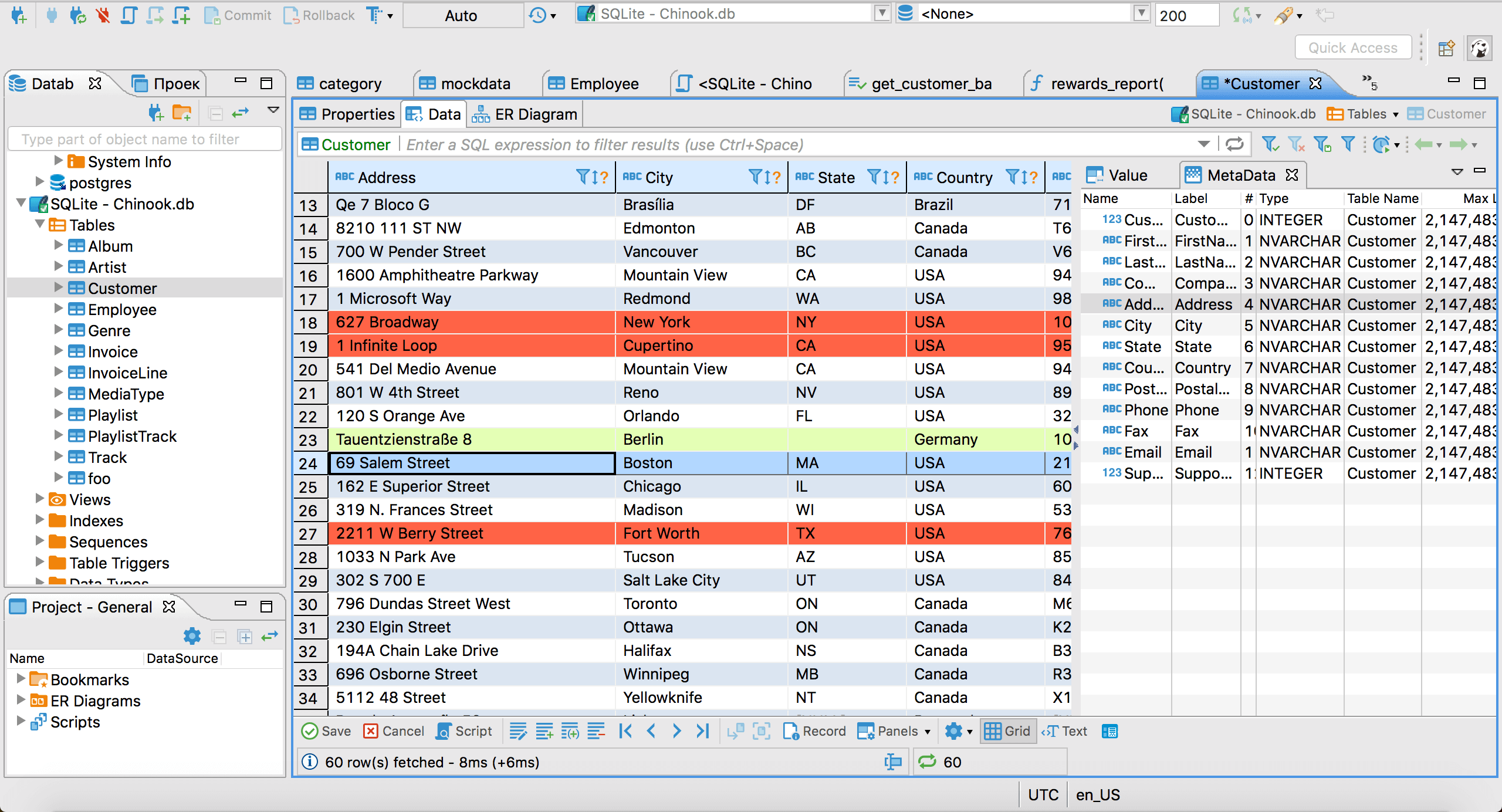

Fill the tables with test dataįinally, here comes the main course of this article.
SQL MOCK DATA GENERATOR HOW TO
On the Options page, choose the row and value distribution mode and how to treat the column properties.Ĥ. On the Connection tab, choose the required connection and database and click Next.ģ.
SQL MOCK DATA GENERATOR GENERATOR
The Data Generator Project Properties wizard opens. Open Data Generator and click New Data Generation.Ģ. The next step after creating a test database would be starting a new project in dbForge Data Generator:ġ. Once we have prepared the ground, it is time for it to serve its purpose. It contains 10 tables: Create a Data Generator project
SQL MOCK DATA GENERATOR DOWNLOAD
To begin with, download this script: BicycleStoreDemo.txt.Create a demo database to populate with test dataįirst of all, we are going to create a guinea-pig database that will be populated with the test data later in this article.Īs you can see, there are no databases in the Development environment yet. How do you create test data that matches the characteristics and distribution of the real one? In this article, we will describe the dbForge Data Generator functionality that is rather indispensable when it comes to test data generation. Automatically assign meaningful data generators to the columns.Create a demo database to populate with test data.In other words, testing helps convert such circumstances into preventable events. It is supposed to put a database into the close-to-field conditions and detect any flaws before the production goes down due to any unexpected circumstances. Testing is one of the most important procedures in this process. If you sign in using your Google account, you can download random data programmatically by saving your schemas and using curl to download data in a shell script via a RESTful url.Database development is a combination of complex processes that work together in order to create a perfectly balanced (just as all things should be) product. Mockaroo allows you to quickly and easily to download large amounts of randomly generated test data based on your own specs which you can then load directly into your test environment using SQL or CSV formats. But not everyone is a programmer or has time to learn a new framework. There are plenty of great data mocking libraries available for almost every language and platform. Testing with realistic data will make your app more robust because you'll catch errors that are likely to occur in production before release day. Real data is varied and will contain characters that may not play nice with your code, such as apostrophes, or unicode characters from other languages. When you demonstrate new features to others, they'll understand them faster. When your test database is filled with realistic looking data, you'll be more engaged as a tester. Worse, the data you enter will be biased towards your own usage patterns and won't match real-world usage, leaving important bugs undiscovered. If you're hand-entering data into a test environment one record at a time using the UI, you're never going to build up the volume and variety of data that your app will accumulate in a few days in production. In production, you'll have an army of users banging away at your app and filling your database with data, which puts stress on your code. If you're developing an application, you'll want to make sure you're testing it under conditions that closely simulate a production environment. Paralellize UI and API development and start delivering better applications faster today! Why is test data important? With Mockaroo, you can design your own mock APIs, You control the URLs, responses, and error conditions. By making real requests, you'll uncover problems with application flow, timing, and API design early, improving the quality of both the user experience and API. It's hard to put together a meaningful UI prototype without making real requests to an API. Mock your back-end API and start coding your UI today.


 0 kommentar(er)
0 kommentar(er)
